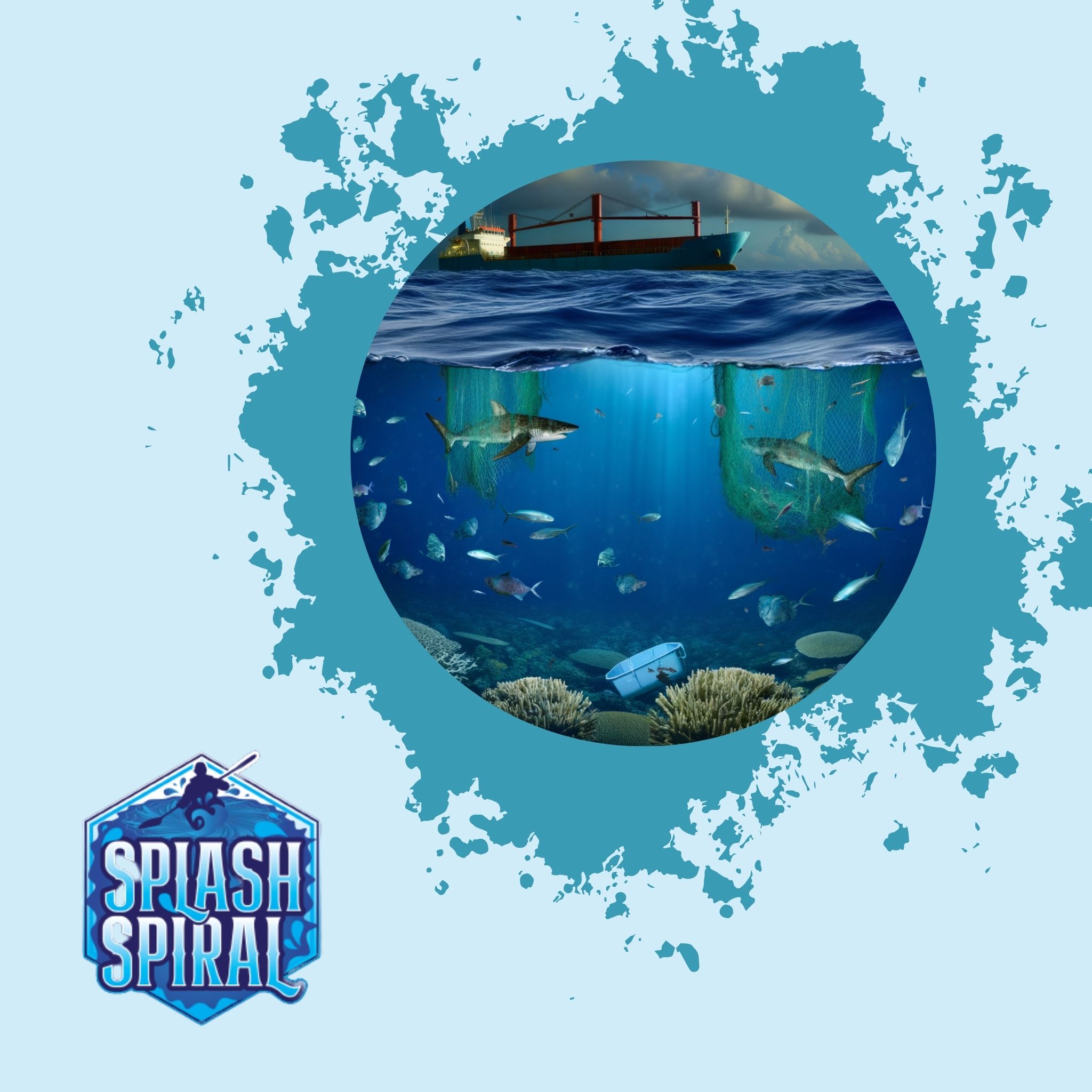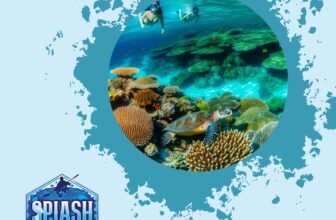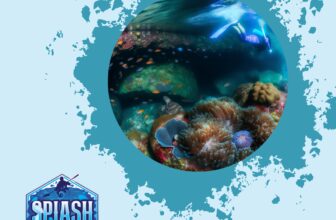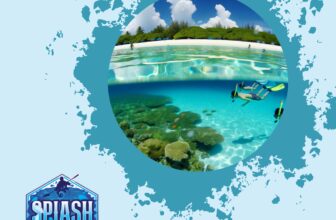
Conserving the open ocean's pelagic ecosystems is a demanding task. These vast deep-sea environments are crucial for marine biodiversity yet face numerous threats. Let's dive into the specific conservation challenges and understand the importance of these vital habitats.
Introduction
Pelagic ecosystem conservation is all about safeguarding the vast, open-ocean habitats that are home to countless marine species. These zones aren't just empty stretches of water; they're bustling neighborhoods crucial for keeping our oceans healthy and full of life.
Pelagic zones play a key role in maintaining ocean biodiversity. Think of them as underwater highways where fish, mammals, and even microscopic organisms travel, feed, and reproduce. Without healthy pelagic ecosystems, the balance of marine life would tilt dangerously, affecting everything from coral reefs to coastal waters.
But conserving these areas is no walk in the park. Overfishing, climate change, and pollution are constant threats. Tackling these challenges requires a mix of science, policy, and public awareness. In this article, we'll unfold why pelagic ecosystems matter and the hurdles we must leap to protect them.
Importance of Pelagic Ecosystems
First off, let's break down what pelagic zones are. These are the parts of the open sea or ocean that aren’t close to the coast or sea floor. Think of it as the vast watery desert in the middle of the ocean where you'd find schools of fish, squids, and some of the most gigantic creatures like whales and sharks. Unlike coastal areas, pelagic zones are characterized by their open, sunlit waters and sometimes, their deep, dark abysses.
Now, why should you, a budding diver, care about these vast, seemingly desolate stretches of ocean? Well, pelagic ecosystems are like the beating heart of marine biodiversity. They support a wide range of species, many of which you won't find anywhere else. The open waters are home to migratory species that travel tremendous distances, maintaining the balance of marine life. A healthy pelagic zone means a thriving ocean.
On a bigger scale, these ecosystems are crucial for the health of our planet. They play a significant role in regulating the Earth's climate and carbon cycle. Phytoplankton, the tiny plants living in pelagic zones, contribute to nearly half of the global oxygen production — yes, every other breath you take is thanks to these minute powerhouses. They also absorb a large amount of carbon dioxide, helping to mitigate climate change.
In simple terms, without pelagic ecosystems, the ocean would lose its charm and vibrancy — and quite frankly, life on Earth would be in deep trouble. So, when you dive into the blue, remember, you're not just exploring; you're witnessing and helping protect a pivotal component of our planet's health.
Key Challenges in Pelagic Ecosystem Conservation
Understanding the complexities of pelagic ecosystem conservation requires examining the key challenges that threaten these environments. Below, we explore the main issues: overfishing, climate change, and pollution.
Overfishing
Overfishing is a major threat to pelagic ecosystems, where fish populations are harvested faster than they can reproduce. This causes several problems:
- Decimation of Targeted Species: Rapid depletion of fish like tuna disrupts the natural food chain.
- Ripple Effects: Predators such as sharks face food shortages, leading to declines in their populations.
- Genetic Variability: Depleted populations have weaker genetic diversity, making them more vulnerable to disease and environmental changes.
Climate Change
Climate change has profound effects on pelagic ecosystems:
- Rising Sea Temperatures:
- Alter species distribution and behavior: Some migrate to cooler waters, while others struggle to adapt.
- Impact local ecosystems: Shifts in species presence can unbalance local food webs.
- Changing Ocean Currents:
- Disrupt nutrient distribution: Affects productivity of phytoplankton, the base of the marine food web.
- Disrupt foundational processes: These changes ripple up the food chain, affecting all marine life.
Pollution
Pollution, especially microplastics, wreaks havoc on pelagic ecosystems:
-
Marine Debris:
- Widespread microplastics: Originating from degraded larger plastic and everyday products like cosmetics and clothing.
- Ingestion by marine organisms: Affects species from plankton to whales, often with lethal consequences.
-
Impact on Marine Life:
- Blockage of digestive tracts: Reduces the ability of marine species to feed.
- Introduction of toxins: Pollutants accumulate in the food web, impacting biodiversity and survival rates.
Towards Sustainable Conservation Strategies
Understanding these key challenges is crucial for developing effective conservation strategies:
- Stricter Fishing Regulations: Advocating for policies to prevent overfishing.
- Climate Change Mitigation: Supporting legislation and initiatives to reduce carbon emissions.
- Participation in Clean-Up Efforts: Engaging in local and global campaigns to reduce marine debris.
By addressing these issues collectively, we can work towards preserving pelagic ecosystems for future generations.
Deep-Sea Ecosystems: A Focus within Pelagic Zones
When most people think of the ocean, they often imagine the sunlit splashes near the shore. However, the deep-sea ecosystems hidden within the pelagic zones are just as vital, if not more so, for maintaining marine biodiversity. Imagine a world beneath the waves, where darkness prevails and pressures soar—this is where some of the most fascinating life forms reside.
The deep-sea ecosystems in pelagic zones are home to a unique array of biodiversity. From bioluminescent fish to ancient coral mounds, these areas support species adapted to extreme conditions. These organisms often have features that seem straight out of a sci-fi movie; think anglerfish with lights on their heads or tube worms that thrive near hydrothermal vents. These communities form the building blocks of the ocean's health, making their conservation crucial.
However, preserving these ecosystems presents specific challenges. Unlike shallow waters that can be monitored and protected more easily, deep-sea areas are less accessible. Fishing nets that scrape the seabed, deep-sea mining operations, and even climate change-induced alterations in water chemistry are significant threats that can have long-lasting impacts.
Addressing the conservation needs of these deep-sea habitats requires advanced technology and international cooperation. Remote-operated vehicles (ROVs) and deep-sea submersibles offer glimpses into these hidden worlds and aid scientists in understanding the complexities of these ecosystems. International treaties and regulations also play a critical role in protecting them, as no single nation controls these vast underwater areas.
For beginner divers and those who want to start, understanding these deeper regions may seem like a distant concern. However, knowledge about the entire marine ecosystem's interconnectivity can inspire a broader commitment to ocean health. Protecting deep-sea environments isn't just about saving alien-like creatures; it's about preserving the intricate and delicate web of life that affects the entire planet's wellbeing.
With such conservation efforts, we ensure that these incredible underwater worlds can continue to mystify and sustain life for generations to come.
The Role of Marine Conservation in Protecting Pelagic Zones
Marine conservation is all about safeguarding our ocean's health by managing human activities and implementing protective measures. It's more than a set of practices—it’s a commitment to preserving the delicate balance of marine life. Understanding this starts with recognizing a few key objectives: protecting species, restoring habitats, and ensuring sustainable use of marine resources.
To tackle the unique challenges faced by pelagic ecosystems, several strategies come into play. One cornerstone approach is the establishment of Marine Protected Areas (MPAs). These are designated zones where human activities are more strictly regulated to conserve biodiversity and support ecosystem resilience. Think of them as underwater parks where species can thrive without interference, offering not just sanctuary to marine life but also research opportunities to understand these mysterious zones better.
Monitoring and enforcement are another critical strategy. Without it, regulations are just words on paper. Effective surveillance, combined with community involvement, ensures that protective measures are respected and sustained. This might involve satellite tracking of fishing vessels, on-site patrols, or even using technology like drones to keep an eye on these vast areas.
Community-based conservation initiatives have also made a significant impact. Empowering local communities to take an active role in marine conservation gives these efforts stronger roots. By involving local fishermen, divers, and residents in conservation projects, these initiatives harness local knowledge and foster a culture of stewardship. It's about turning awareness into action at the grassroots level.
To see these strategies in action, take the example of Palau’s National Marine Sanctuary. Covering 80% of the nation's maritime territory, it stands as one of the world's largest fully protected marine zones. This ambitious project not only strengthens fish populations and enhances biodiversity but also boosts local tourism, proving that economic and environmental goals can go hand in hand.
For beginner divers and those interested in starting, participating in citizen science projects can be a thrilling and impactful way to engage in marine conservation. These projects often involve tasks like monitoring coral reefs, counting fish species, or collecting data on water quality— all actions where your diving skills can contribute meaningfully to science and conservation efforts.
Marine conservation isn’t just for scientists or policymakers—it’s a realm where every effort counts and everyone’s involvement matters. Whether you're diving into it as a hobby or a passion, knowing how you can contribute and understanding the broader strategies at play will enrich your experience and make you a vital part of the conservation community. So gear up and dive in, knowing that each splash you make helps protect our pelagic friends and their mysterious, beautiful home.
Environmental Impact and Mitigation Strategies
Human activities have a significant impact on pelagic ecosystems. From overfishing to pollution, the effect of our actions disrupts marine life and the ocean's health. Understanding these consequences can help us adopt better practices. So, what are some of the main environmental impacts, and how can we counteract them?
First off, overfishing doesn’t just affect fish populations; it impacts the entire food web. When species vanish or their numbers dwindle, the ecological balance goes haywire, leading to the decline of other marine life forms. By adopting sustainable fishing practices, such as catch limits and no-catch zones, we can help keep this balance in check.
Second, pollution is a massive, largely preventable problem. Marine debris, especially microplastics, pollutes our oceans at an alarming rate. This harms marine animals who mistake debris for food and can make its way up the food chain, affecting humans too. Simple steps like reducing plastic use, participating in beach clean-ups, and advocating for stricter waste management policies can make a big difference.
Climate change also looms large over pelagic ecosystems. Warming waters and shifting ocean currents can alter habitats, forcing species to move or adapt, often with dire consequences. Combatting climate change may seem overwhelming, but every bit helps. Reducing carbon footprints through energy conservation, supporting renewable energy sources, and encouraging policies aimed at lowering greenhouse gas emissions are practical steps.
Divers, due to their love for the ocean, have a unique role. You can contribute to ocean health by practicing responsible diving. This means not disturbing marine life, being mindful of your buoyancy to avoid damaging coral reefs, and participating in citizen science projects. By documenting marine life and reporting observations, divers can provide valuable data that contribute to conservation efforts.
Overall, every action counts. Whether it’s through sustainable practices, reducing carbon footprints, or getting hands-on with ocean clean-ups, concerted efforts can protect and rejuvenate pelagic ecosystems. Consider taking the plunge into these strategies — our oceans will thank you.
Promoting Awareness and Education
Getting more people to care about pelagic ecosystem conservation starts with education and awareness. Most folks don't realize that these vast stretches of the open ocean are teeming with life and play a critical role in our planet's health. The more people know, the better they can help.
Educational Programs
One way to ramp up awareness is through educational programs:
- Schools and Community Centers: Host workshops that cover the basics of ocean ecosystems, highlighting key species and their roles in the marine food web.
- Interactive Exhibits: Aquariums and marine museums can engage audiences, especially younger ones, through interactive displays and hands-on experiences.
Community Involvement
Community involvement is just as crucial. Some actionable steps include:
- Beach Cleanups: Organize events to tackle pollution directly and spark conversations about the source of the trash and its impact on pelagic zones.
- Diving Clubs: Partner with environmental groups to host talks or underwater cleanups, drawing attention to the importance of pristine marine environments.
Social Media Campaigns
Social media can be a powerful tool for spreading awareness:
- Create simple, shareable content like infographics and short videos.
- Use hashtags like #SaveOurSeas or #PelagicProtection to create buzz and engage a wider audience.
Citizen Science Initiatives
Citizen science programs encourage everyday people to contribute to research:
- Collect data such as recording sightings of marine animals or noting ocean conditions.
- This hands-on involvement not only raises awareness but also provides valuable data for scientists.
Conclusion
Promoting awareness and education about pelagic ecosystem issues is key. By informing and engaging our communities, we can build a groundswell of support that will help protect these vital marine habitats for future generations.
Conclusion
In summary, pelagic ecosystems are vital for sustaining marine biodiversity and overall global environmental health. However, they face significant threats like overfishing, climate change, and pollution, which put immense pressure on these delicate habitats. The deep-sea environments within pelagic zones warrant particular attention due to their unique biodiversity and specific conservation needs.
Marine conservation plays an essential role in safeguarding these ecosystems. Through sustainable fishing practices, pollution control, and informed strategies, we can mitigate the adverse effects of human activities. Divers, in particular, hold a unique position to promote ocean health and advocate for conservation efforts.
Addressing the challenges faced by pelagic ecosystems is crucial for maintaining the ocean's health. As budding divers or those just beginning their underwater adventures, you're encouraged to be proactive. Engage in and support initiatives aimed at pelagic ecosystem conservation. The future of our oceans depends on collective effort and informed action. Dive deeper into the resources available, and become a part of the solution for a healthier, thriving marine world.







